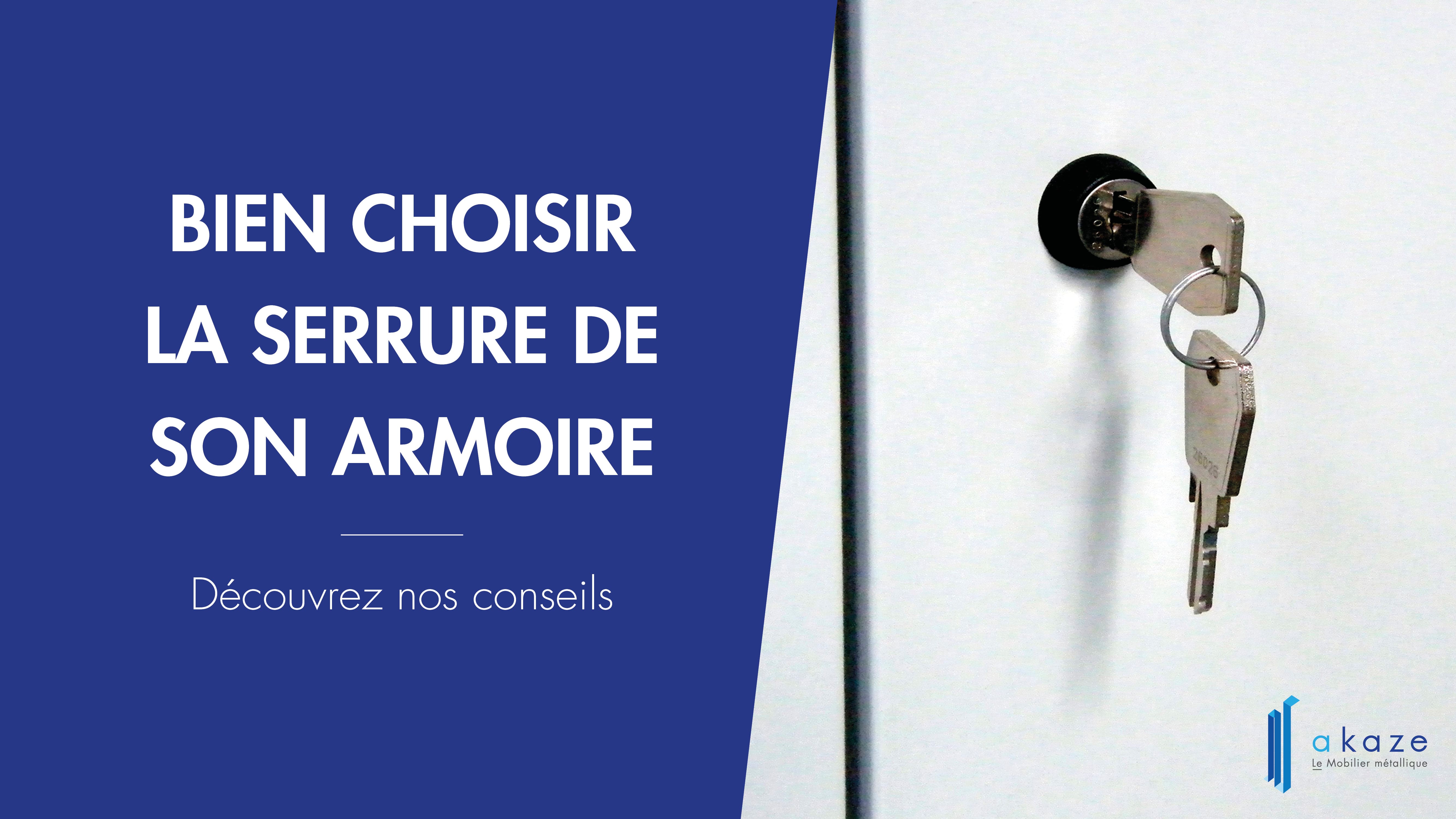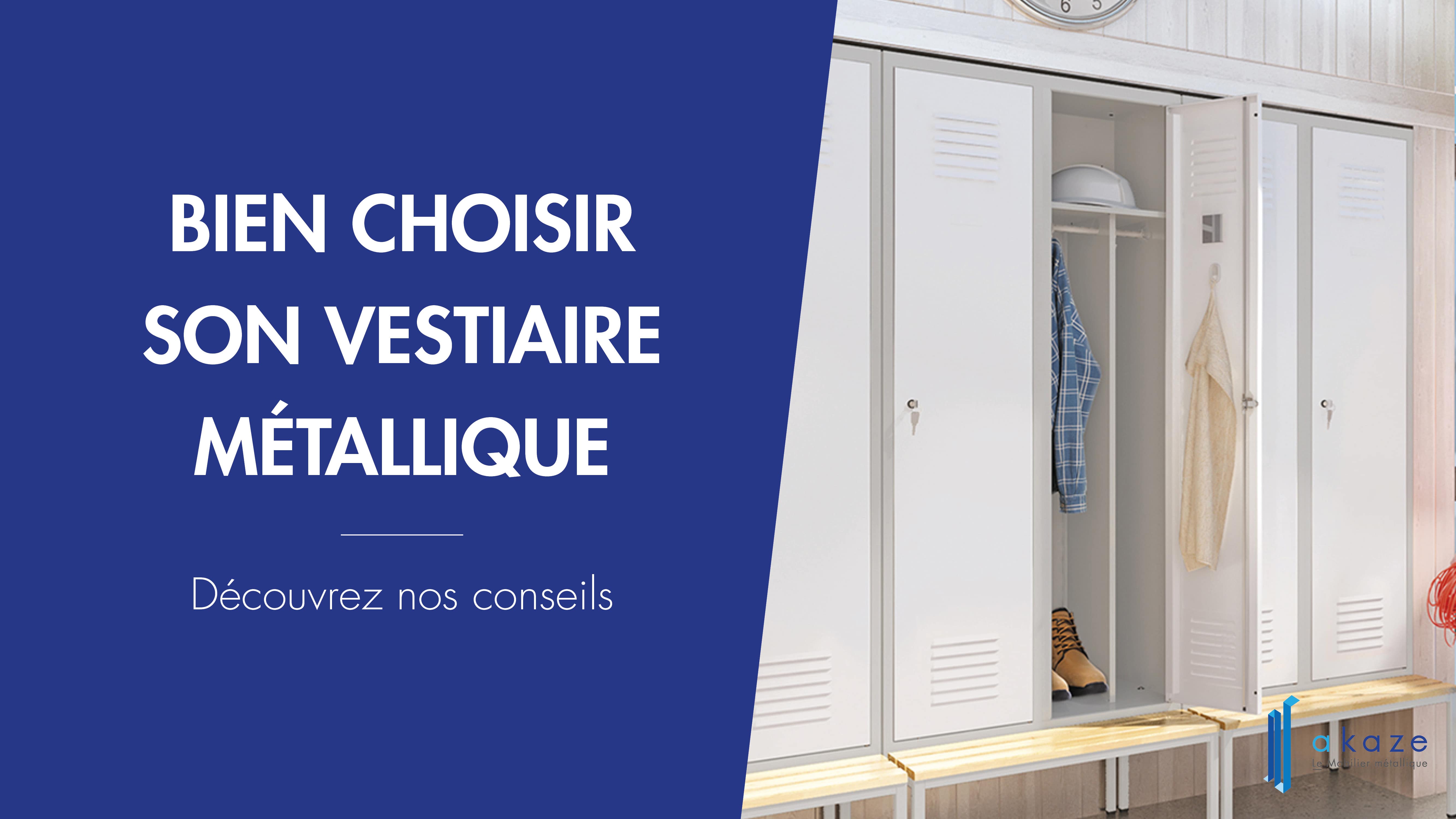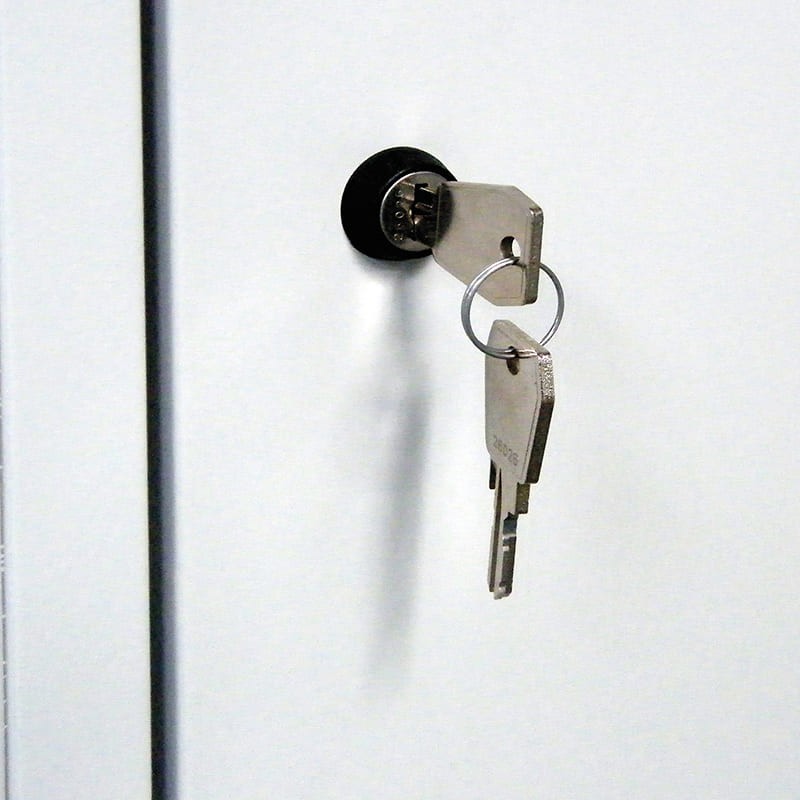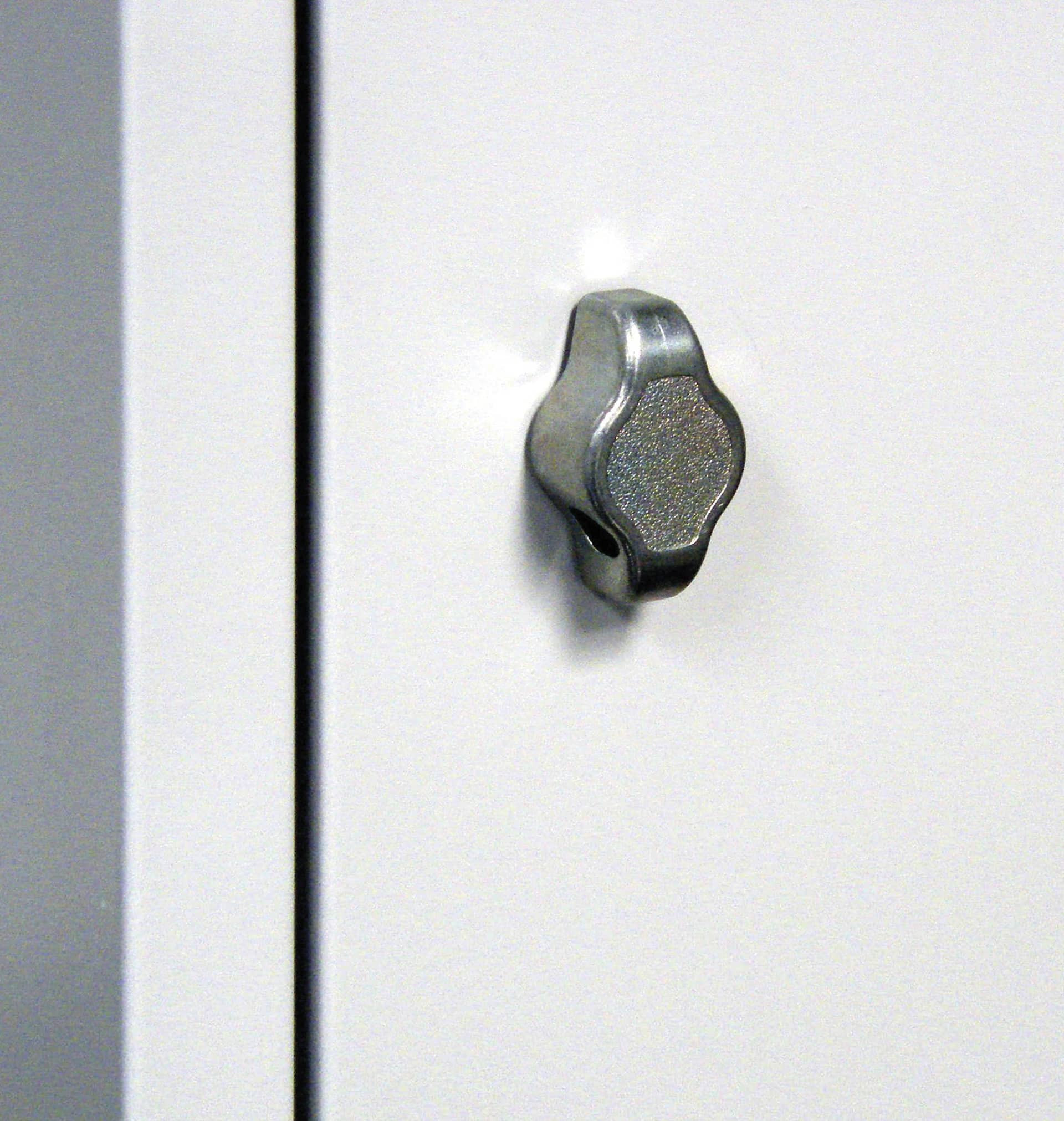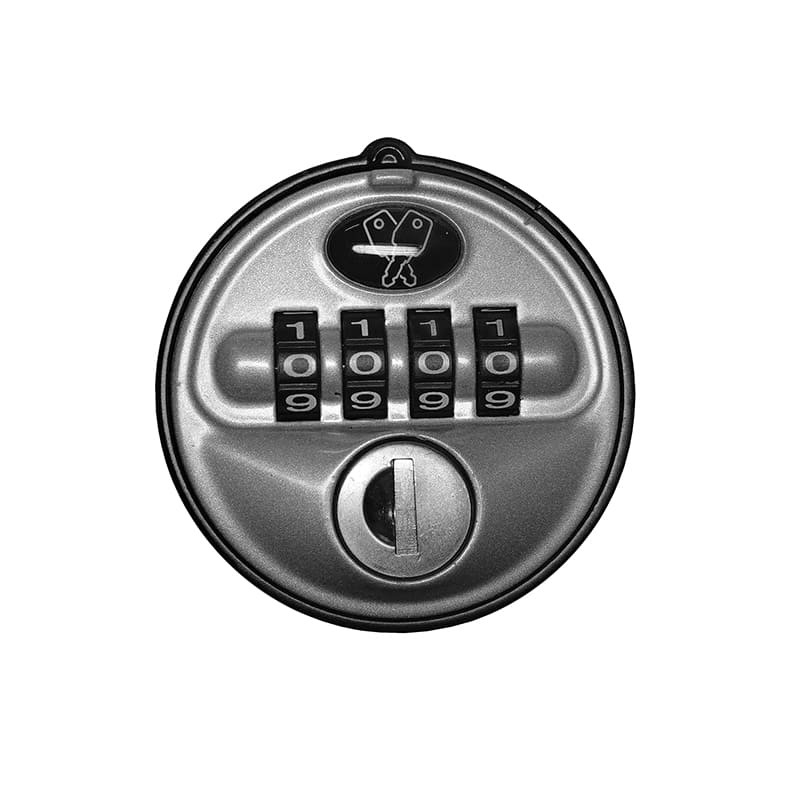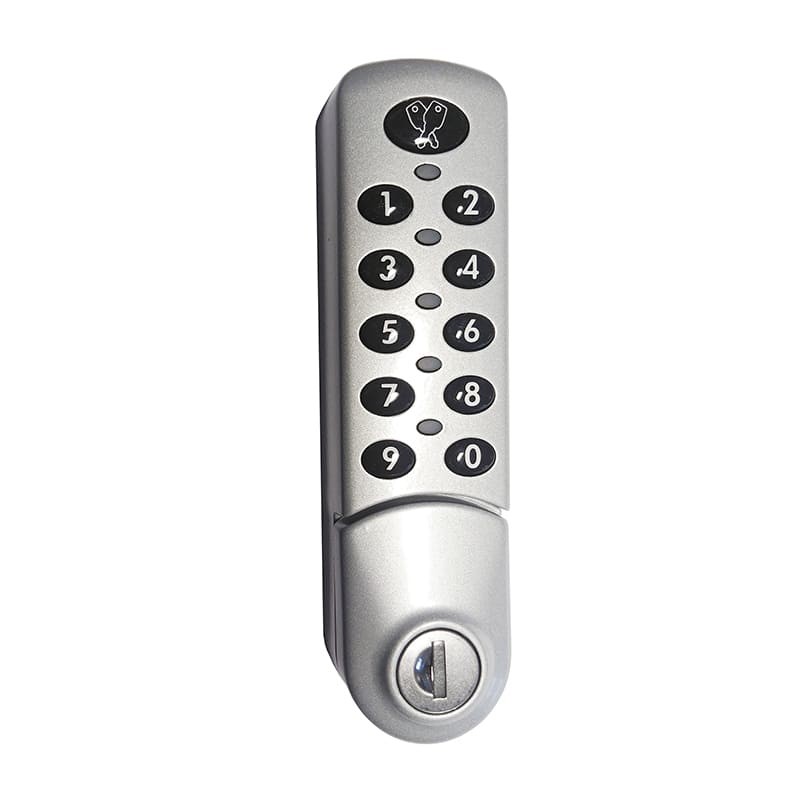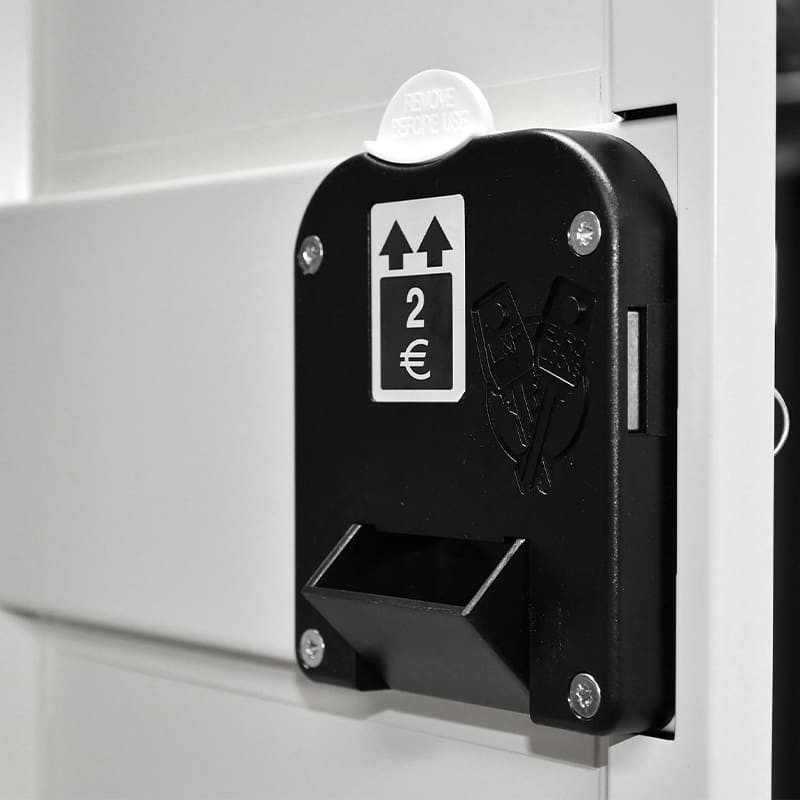-
MenuBack
-
Outputs
-
-
-
-
-
Others products
-
-
Business sectors
-
-
Options
-
-
-
Metal plates
-
Roof hair inclined
-
-
- Services
-
Who are we?
-
- Blog
- Contact us
How do I change the lock of your metal locker or locker?
janv. 24, 2024
When you own a dressing room or a metal locker in one professional environment, school or sport security of stock is a priority. In this article, we will explore how to change the lock of your locker or locker to secure your personal effects.
Founded in 2003, Akaze specialized in manufacture of storage furniture monobloc like metal dressings and lockers, ensuring the durability and safety of your personal affairs.
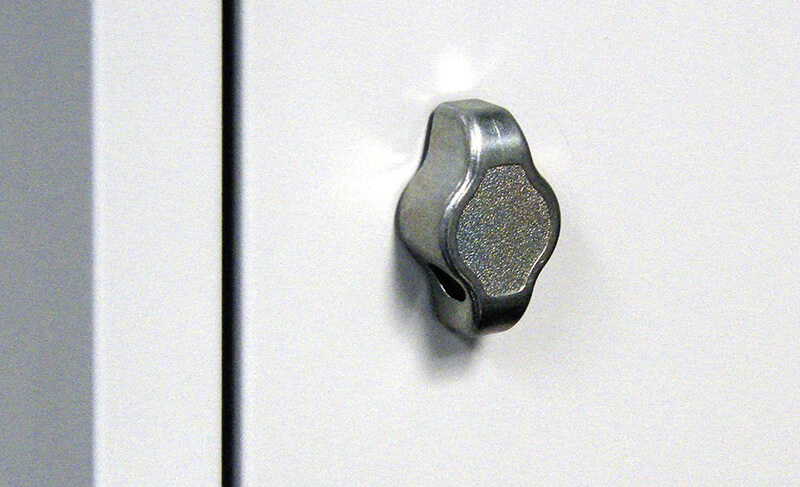
When to change the lock of his locker ?
Replace damaged lock is crucial for several reasons. One defective lock can compromise security of goods stored in your locker, thus increasing the risk of flight or intrusion. In addition, a damaged lock can be blocked, making access to your personal business difficult or even impossible.
The average life of a locker lock depends on its use and its quality, but in general, a well-maintained lock can last several years. It is therefore important to remain attentive to signs of wear and act quickly to replace one defective lock and so secure your personal belongings.
Types of locks for lockers and metal lockers
Choose the good lock is essential guarantee security and the practicality of use. Here is an overview of different types of locks available:
- Key lock: Use a traditional key and a pass in case of loss. Ideal for a individual, it is often chosen for its efficient locking system. It allows to effectively close and secure each compartment metal dressing room.
- Manual code lock:Practice in collective lockers, she avoids her key management and allows a easy code change. It is often integrated in lockers for one secure closure no key.
- Electronic code lock:Offer high security with easy reset the combination. She is powered by a battery and is suitable for high frequency locations. This electronic closure is ideal for securing storage spaces in high-security environments.
- Gift door lock: Use a half ring for closure, with a moraillon visitable for inspection. It is simple and economical, ideal for the clubs or Schools. It allows to close each locker individually.
- Locks:Function with a coin or token, preventing theft and vandalism in public places as pools or trade centres. These are locks at mill are practical for public lockers.
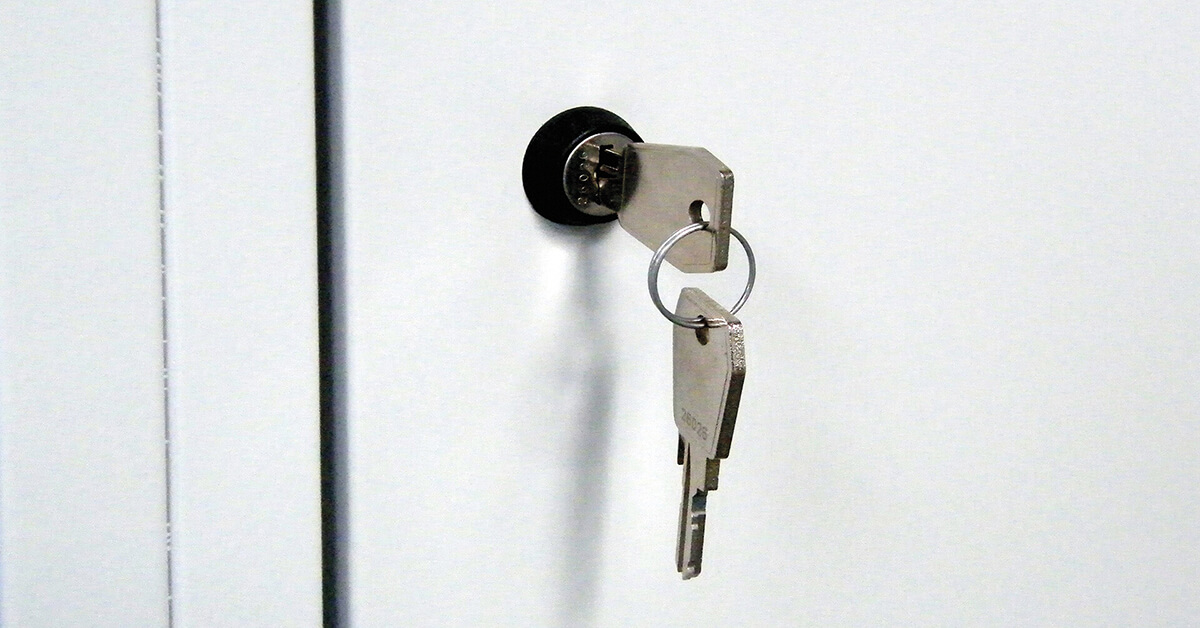
Choose the right lock for your locker or locker
According to your sector of activity and specific needs your spaces, the choice of the lock may vary:
- Key lock: Recommended for offices, industries, and workshops where each drawer or compartment requires secure closure.
- Manual code lock: Ideal for swimming pools, gyms and other public places where one simple closure and without key is privileged.
- Electronic code lock: Perfect for laboratories, hospitals and government institutions where one electronic closure high security is required.
- Gift door lock:Adapted to clubs, gyms and schools for one individual and personal closure of each storage space.
- Locks: Private in municipal pools and malls for easy management of spaces public storage.
The steps to change the lock of his lock
The replacement of a lock can be a simple process if you follow these steps:
1. Lock size check:
Before anything, it is important to make sure that new lock has the right size and is compatible with your metal locker. Measure the location of the lock current and note the specific dimensions to avoid any compatibility problems when installation of the new lock.
2. Find a quality supplier:
For a lock replacement, it is essential to choose one reliable supplier. Akaze, with its wide range of locks suitable for different types of metal lockers and lockers, can be an excellent option. Feel free to explore other suppliers to compare prices and features of available locks.
3. Think about the type of need:
Before making the purchase, evaluate your specific needs. Consider level of security required, the type of environment (professional, school, sport, etc.) and frequency of use of the changing room This will help you choose the most suitable lock type (key, code, electronic, etc.). Moreover, we advise you for this to consult our blog post How to choose the lock of the wardrobe ?
4. Preparation:
Once adequate lock choose, prepare to make the change. Collect all information about your new lock, including mounting instructions provided by the manufacturer.
5. Tools:
For dismantling the old lock and installation of the new, you will need basic tools like a screwdriver (cruciform or flat depending on the type of screw), a clamp, and possibly a drill if additional holes are needed.
6. Demolition of the old lock:
Start by removing the old lock of your locker or locker. Be careful to avoid damaging the door or record framework. Remove all the screws and components, and keep them if necessary for the new installation.
7. Installation of the new lock:
Position it new lock in the planned location. Make sure it is perfectly aligned and fix it with the screws provided. If necessary, drill new holes for a secure installation. Follow the manufacturer's instructions carefully to avoid any mistakes.
8. New lock test:
After installation, test the new lock several times to make sure she works properly. Check opening and closing, as well as the locking and unlocking mechanism.
9. Maintenance of the new lock:
To guarantee long life to your lock, hold her regularly. Apply a suitable lubricant if necessary and periodically check its functioning to detect any signs of wear or problem.
We filmed the change of a key lock 1 point to show you in video how to change the lock:
Maintain metal lock
Once yours new installed lock, it is important to maintain it regularly. Periodically its functioning and apply a suitable lubricant if necessary to guarantee its longevity and good functioning.
Change the lock of your locker or locker is a key step for ensuring the security of your property. With solutions proposed by Akaze, you opt for the quality and reliability, guaranteeing optimum protection of yours storage areas.

.jpg)
